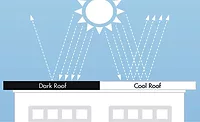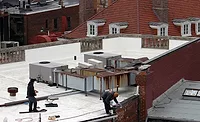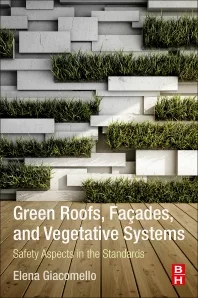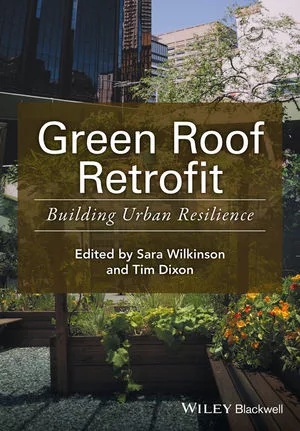NASA Scientists Show Green Roofs Lower City Heat Levels
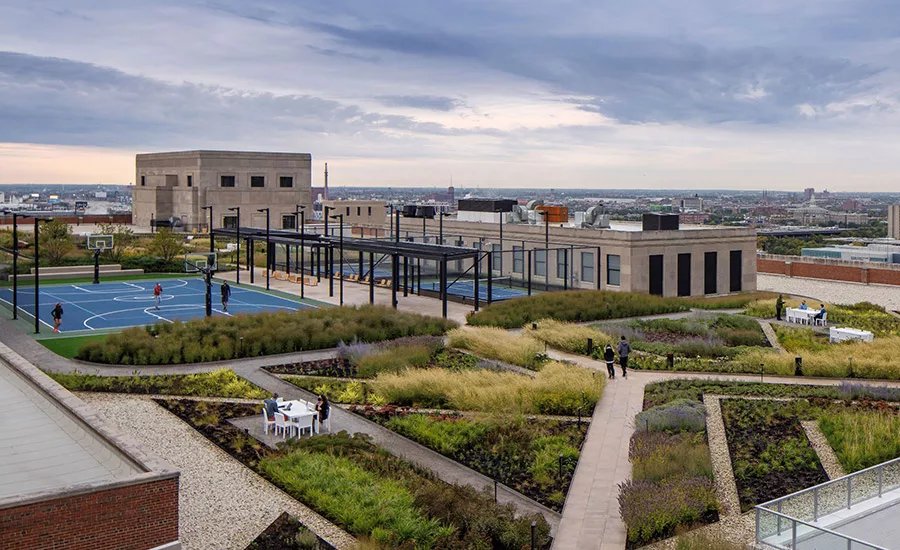
Photo: Tom Rossiter Photography.
Climate scientists at NASA say research points to rooftop gardens and greenery being an effective way to combat severe heat in cities.
In an article published on Monday, climate scientists at NASA’s Goddard Institute for Space Studies (GISS) in New York studied three sites in Chicago to determine the effectiveness of green roofs affecting surface temperatures around buildings versus those without green roofs.
Green roofs are roofing systems that use vegetation over waterproofing membrane to partially or completely cover a roof. They're designed to lower the temperature in city spaces as well as help decrease surface runoff from rainwater.
“As cities grow and develop, they need to make good decisions about their infrastructure, because these decisions often last for 30 or 50 years or longer,” Christian Braneon, a climate scientist and civil engineer at Columbia University and GISS, told NASA. “In the context of more frequent heat waves and more extreme heat, it’s important to understand how these urban design interventions can be effective.”
The three sites examined included Millennium Park, City Hall and a Walmart shopping center. Researchers used satellite imagery from 1990 and 2011 to compare changes in land surface temperatures and vegetation abundance and compared them to control sites without green roofs.
The Results
According to the results, two of three green roofs in the study reduced temperatures, though the effectiveness may depend on location and plant diversity. Green roofs can be extensive – lightweight and low maintenance – or intensive, which are deeper and support everything from grass to small trees. In the study, the City Hall and Millennium Park sites had intensive green roofs while Walmart had an extensive roof.
Millennium Park showed significant temperature decreases after its green roof was installed in 2004, while City Hall had lower temperatures after its system was installed in 2002, but began to climb by the end of the study’s time period. The Walmart site was recently built, meaning that the roof helped lower temperatures, but wasn’t as effective since it converted a vacant, grassy lot to a store.
“You might think that putting a green roof on your new building would make a significant impact,” Braneon said. “But what we see is that a lot of impervious material may also be added there – such as a parking lot around the building. As a result, you might reduce the impact of the parking lot, but you certainly haven’t created the cooling effect that the overgrown vegetation had.”
The green roof business is expected to become a $14-billion industry by 2026. With more studies showing the effectiveness of the roofing system, it’s a prime opportunity for roofing contractors to not only diversify their business, but help combat the effects of climate change.
Looking for a reprint of this article?
From high-res PDFs to custom plaques, order your copy today!




